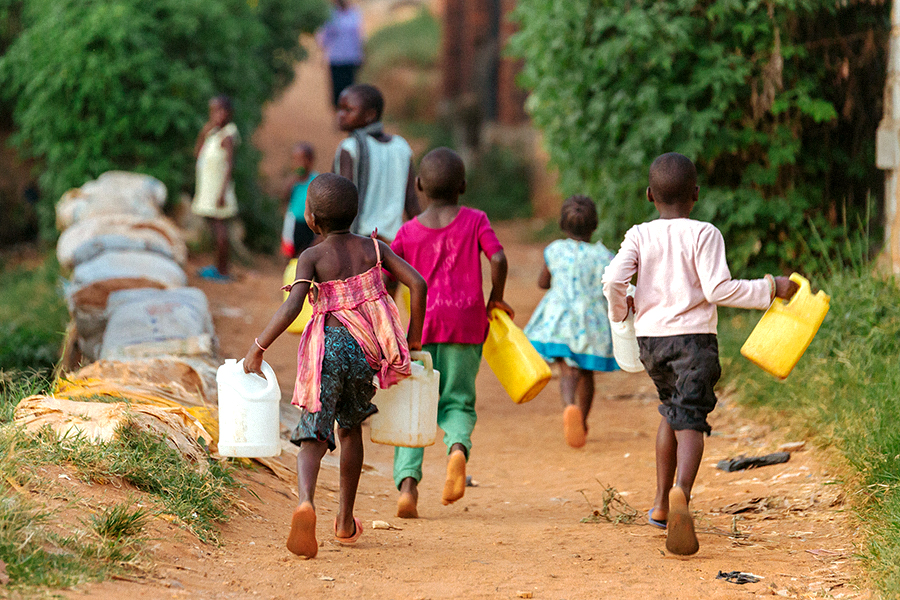Modelling can provide unique insights with regard to planning and implementing malaria elimination efforts at the global, national, and local level. At IVCC we have conducted modelling on the impact of various Insecticide Resistance Management (IRM) strategies (mixtures, layering products or rotating chemical classes), on the impact of an integrated and layered vector control toolbox, alongside drugs and vaccines, and on the potential economic and societal impact of malaria on rural communities across sub-Saharan Africa.
The overall focus of our modelling efforts, which apply both to individual tools and products and to intervention packages of layered tools as part of an Integrated Vector Management (IVM) programme, is directed towards a better understanding of:
- Overall product impact on disease transmission
- Product effect on insecticide resistance management and prevention
- Product cost effectiveness
Model outputs are intended to provide evidence that will inform:
- Programme managers and policy makers striving to adapt and improve vector control best practices
- The development of capacity to deliver IVM and IRM programmes at a country level
- Operational implementation and country prioritisation
In addition to using models to support IVCC’s product development and delivery initiatives, our efforts are intended to feed into related modelling activities, such as the Bill & Melinda Gates Foundation funded Malaria Modelling Consortium.


